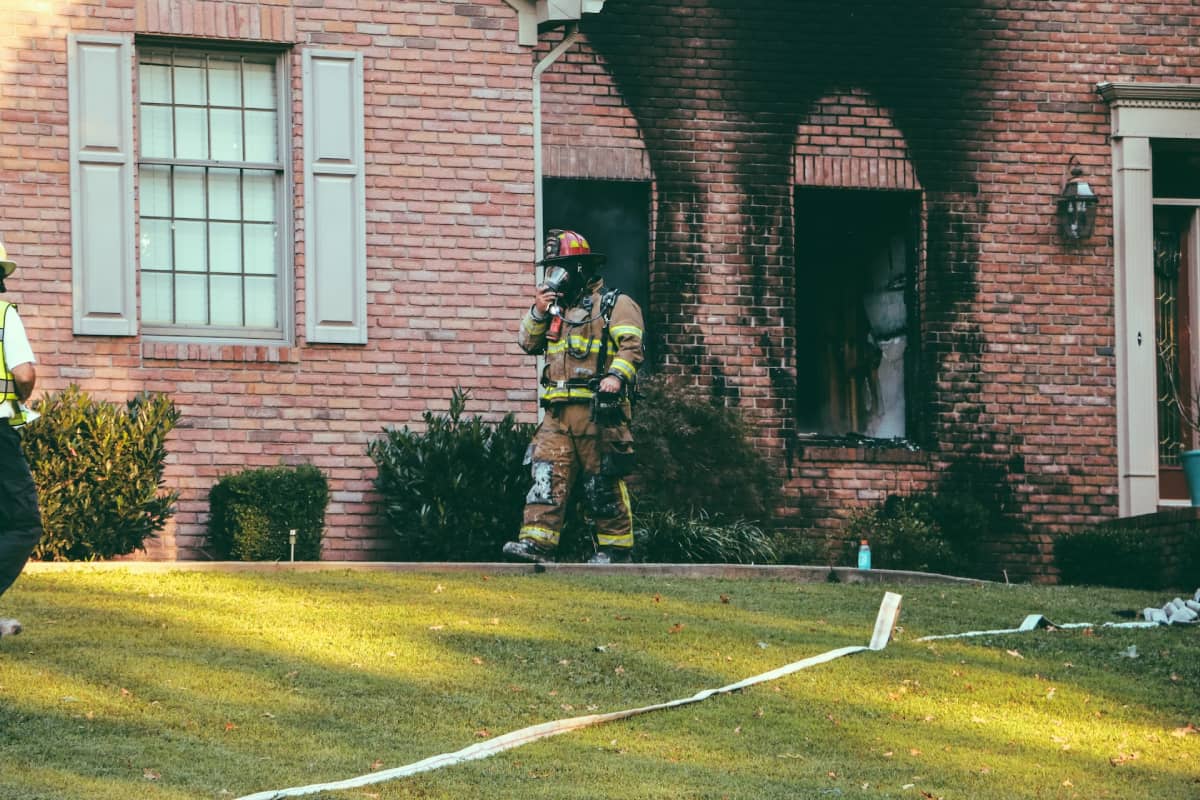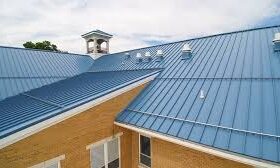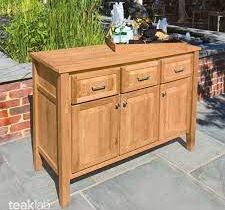A home is perhaps the most costly purchase you will ever make. So, protecting your investment with an insurance policy only makes sense. That’s where home insurance comes in.
Every homeowner is well acquainted with the idea of insuring their home. But what does home insurance cover? Well, just as every home is different, there is no one-size-fits-all answer to what home insurance covers. The coverage offered by different policies can vary widely, and it is essential to understand the coverage you need before you choose and buy a policy.
To fully understand the coverage you need, it is vital to understand the available types of coverage. But to get to each, going back to the basics of home insurance will give you a better foundation.
Defining Homeowners Insurance
Also known as hazard insurance, this type of property insurance covers a private residence.
Property insurance offers financial defense against fire, theft, and weather damage. It is one of the most important things you can buy to protect your home and belongings.
Most lenders require borrowers to purchase home insurance as a loan condition for a mortgage. It protects their investment in the property—and it saves you from having to pay for repairs or replacement out of your pocket.
The Standard Elements of a Home Insurance Policy
The coverage of a homeowner insurance policy may vary from company to company. It is also fully customizable, allowing you the freedom to add or remove coverage as you see fit.
However, most policies contain the following standard elements:
1. Dwelling Coverage
This part of your insurance policy protects the physical structure of your home, both the interior and exterior. For example, if your house is engulfed by flames in a fire, this coverage would pay to fix or replace the damaged parts of your home. It also compensates you for the cost of damages in the event of hurricane and lightning strikes. However, coverage for floods and earthquakes is typically excluded from standard home insurance policies and must be purchased separately.
If you have an outhouse, detached garage, or other structures on your property, this coverage would also extend to them.
2. Personal Items Coverage
Your home is not just the physical structure but also the belongings inside. Most standard policy coverage protects your personal belongings from damages such as fire, theft, and weather damage. Say, for example, a thief breaks into your home and steals your television. This coverage would reimburse you for the cost you will need to replace it. This coverage also extends to clothes, furniture, and other personal belongings.
However, most home insurance policies only cover 50% to 70% of the value of your home. So, if you have particularly valuable items, you may want to purchase additional coverage or a rider to your policy.
3. Liability Coverage
Home insurance policies also include liability coverage if someone is injured on your property and sues you. For example, a delivery person might slip and fall on your front steps. This coverage would then pay for their medical bills and cover any legal fees you incur.
This coverage also extends to property damage caused by you or your family members. For example, if your child accidentally throws a baseball through your neighbor’s window, this coverage would pay to repair the window. This also extends to pets. So, if your dog bites someone, this coverage would pay their medical bills.
Most home insurance policies have a limit of $100,000 for liability coverage, but you can purchase additional coverage if you need it. This umbrella policy coverage can give you a more comprehensive range of protection.
4. Housing or Rental Coverage
This coverage applies if you need to live elsewhere due to a covered event, such as a fire. It covers additional living expenses, such as hotel bills and restaurant meals.
This coverage typically varies from one company to another. So, before you decide on buying a particular policy, ask about the coverage and how much it would reimburse you.
The Levels of Home Insurance Coverage
When customizing your home insurance, you will be able to choose from different levels of coverage. The more you pay for the coverage, the more protection you will have.
The most common levels of coverage are:
1. Actual Cash Value
This level covers the cost to repair or replace your home and belongings minus depreciation. So, if your five-year-old television gets stolen, this coverage will not reimburse you for how much you paid for them. Instead, it will only reimburse you for the current value of the television, which is likely less than what you paid for.
2. Replacement Cost Value
This coverage level will reimburse you for the cost to repair or replace your home and belongings without subtracting for depreciation. So, if your five-year-old television is stolen, this coverage would reimburse you for the cost of how much it would take to replace it.
3. Guaranteed or Extended Replacement Cost Value
This coverage level will reimburse you for the cost of repairing or replacing your home and belongings, even if it exceeds the coverage limit on your policy. So, if you have a $250,000 coverage limit on your policy but it costs $275,000 to repair or replace your home, this coverage would pay for the entire cost.
It is the highest level of coverage you can purchase but is also the most expensive.
What Homeowners Insurance Does Not Cover
Now that you know what home insurance does cover, it is essential to understand what it does not cover. Homeowners’ insurance typically does not cover the following:
- Floods
- Earthquakes
- Sinkholes
- War
- Nuclear accidents
- Mold
- Termites
- Gradual damage (e.g., water damage from a leaky roof)
If your address is in an area prone to floods, earthquakes, or sinkholes, you will need to secure a separate policy to cover these events. Also Read – 12 Signs of Water Damage in Your Home
Determining the Right Amount of Coverage
Now that you know what homeowners’ insurance policies typically cover and do not cover, you need to determine how much coverage you need. The amount of coverage you need should be based on several factors. Here are a few things you need to consider:
- The value of your home
If you have a mortgage, you will be required to have a certain amount of coverage. And even if you own your home outright, you should still insure it for at least the amount it would cost to reconstruct it when tragedy strikes. - The value of your belongings
Make a list of all the belongings in your home and estimate their replacement value. You can do this by looking up the price you paid for them or by checking online to see how much it would cost to replace them. - The amount of liability coverage you need
The amount for this will be dependent on your assets and the amount of risk you are willing to take. If you own many assets, you may want to purchase more coverage. - Your budget
Another consideration is your budget. The more you pay for your premium, the more coverage you will have. But be sure to buy a policy that you can afford. There is no point in having a policy with $250,000 coverage if you can only afford to pay a $500 deductible. Remember that you might need riders or additional policies to cover certain events, such as floods or earthquakes.
The best way to decide on the right coverage is to speak with a home insurance agent. They will be able to help you customize a policy that meets your needs and budget.
Do You Need Home Insurance?
Now that you know the main points of homeowners insurance and what it covers, you need to decide if you need it. If you own a home, the answer is most likely yes. Not only is it required by most lenders, but it also offers a financial safety net if your home is damaged or destroyed.
It’s not a matter of whether or not you need home insurance. The better question is how much coverage you need. With the right amount of coverage, you can rest assured that your home and belongings are protected.
To determine how much homeowner’s insurance you need, start by estimating the replacement cost of your home. Then, add the contents of your home and calculate the value of your personal belongings. Finally, determine the amount of liability coverage you need. Once you know how much insurance coverage you need, speak with a home insurance agent to get a quote.
Sources:
https://www.iii.org/article/homeowners-insurance-basics
https://www.comarch.com/finance/articles/property-insurance-and-its-types/
https://www.allstate.com/resources/home-insurance/covered-in-homeowners-policy
https://www.bankrate.com/insurance/homeowners-insurance/what-is-homeowners-insurance/















